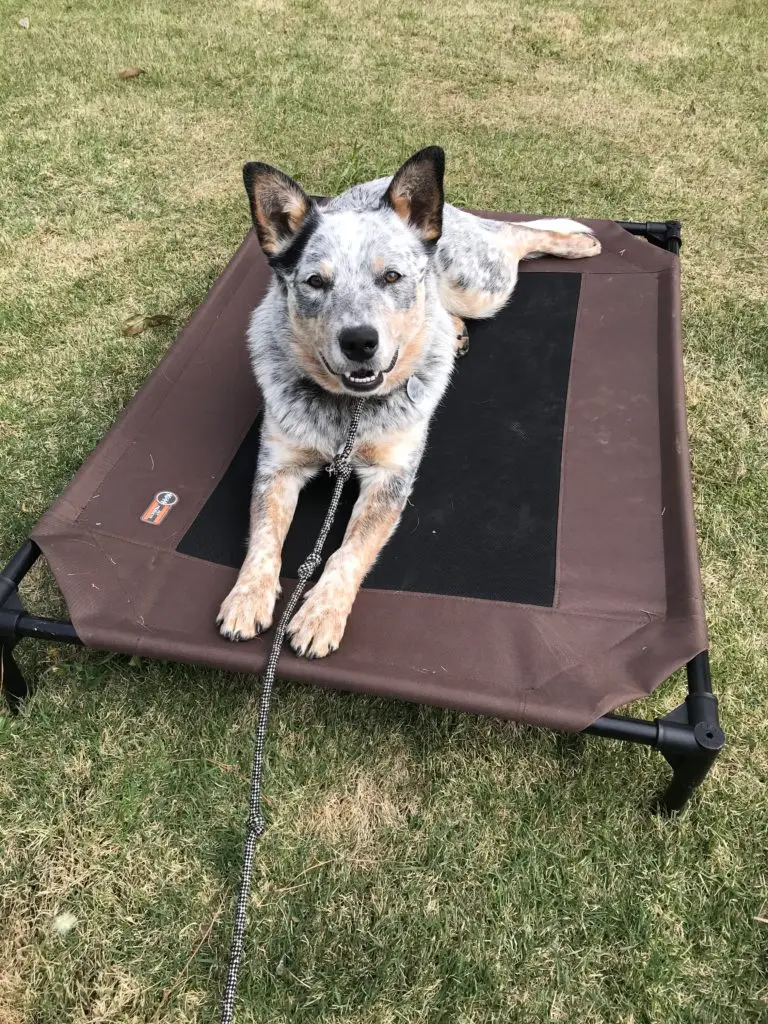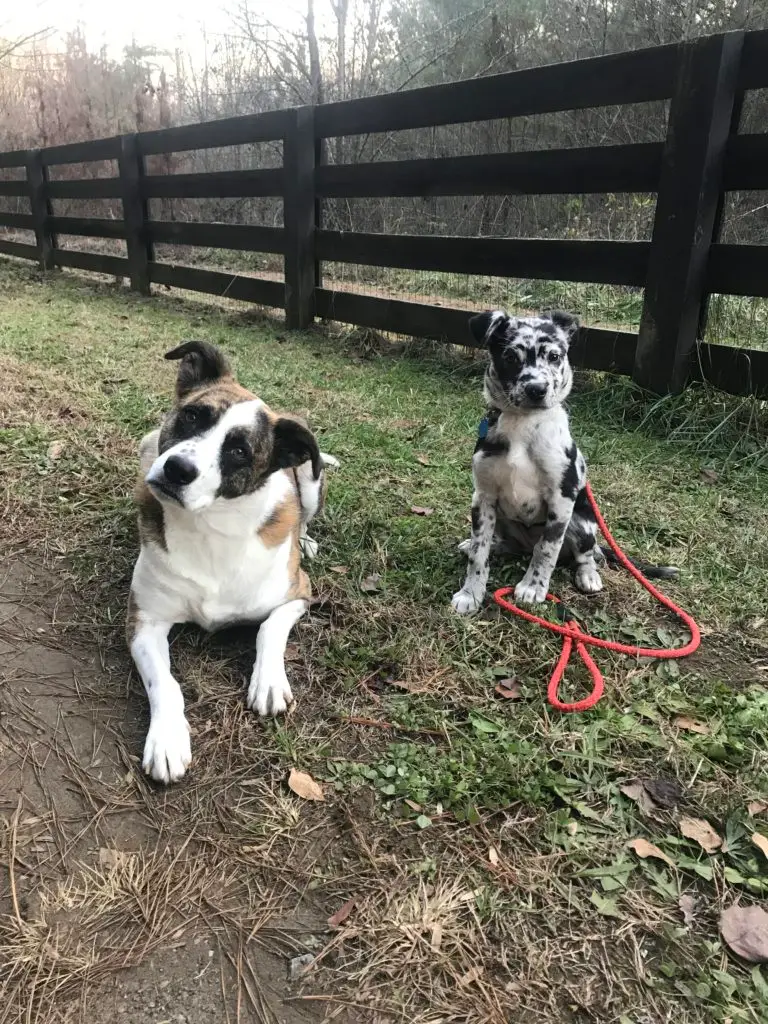The term “impulse control” has gained a lot of traction in the dog training world. As humans are developing deeper relationships with their pets and treating their dogs more and more like family, impulse control training has become a vital step in teaching our dogs to peacefully coexist in our houses and lives. A foundation in impulse control simply makes for a better behaved dog, a dog that is easier to incorporate into family activities and easier to manage in public and at home.
Simply put, “impulse control training” is laying a foundation of self control in your dog. Just like humans, when dogs get excited, they get a burst of adrenaline in their brain. At some point, this flood of adrenaline can “take over” their brain and they aren’t thinking about right and wrong; they are simply reacting to stimulus. A perfect example of this is when an otherwise well-behaved dog with good recall takes off after a squirrel and doesn’t even seem to hear his human yelling after him. The sight of the squirrel gave him so much adrenaline that the “rules” he usually knows and follows flew out the window. Impulse control training, then, essentially gives us a way to build a resistance to the drug adrenaline.

Duke the Heeler practicing a “place” command,
which is an excellent way to build impulse control!
June and Kona holding a “stay” while on a hike.
When building a resistance to a drug, it is important to start with small doses and build them up over time. This is true for impulse control training too. If you want your dog to listen to you even when there are squirrels around, you don’t start training in the park with hundreds of squirrels. It’s not only impossible, but also really unfair to your dog. Instead, you should start in a low-distraction environment and teach them that calm, focused behaviors get rewarded and reactionary decisions do not get rewarded. Your dog’s age, temperament, attention span, and environment all affect your dog’s ability to focus and remain calm.
When working with your dog on impulse control, your job is to help your dog manage their threshold. You want to ride the line between “are they being challenged?” and “can they be successful?” You want them to be challenged so that they can grow and learn, but you don’t want to put them in a situation in which they’re constantly failing. My magic number is 85%. If I’m not at least 85% sure that my dog can succeed in what I’m asking them to do, I shouldn’t ask it. That can become a training goal, but it is unfair to ask of them now because I have not prepared them to handle it. For example, if my goal is for my dog to hold a down stay while I dump twenty tennis balls on the ground, I don’t start with twenty tennis balls. I start with one, then gradually work my way up to twenty, constantly evaluating my dog’s mental state and adjusting accordingly.

There are many, many exercises and methods to train impulse control and plenty of resources to help guide you through this process (including working with a local trainer!). The key, however, is to make sure you are rewarding calm, focused behavior, and not rewarding reactionary, impulsive, overly excited behavior. This is true even when you’re not actively in a “training session,” but also in – especially in – everyday life, like greeting you when you come home for work or barking at the doorbell. The overall result of impulse control training is a dog that is not only obedient, but actually offers calm behaviors without having to be asked or reprimanded. We have a dog that wants to work with us because they understand that pleasing us and remaining calm is more rewarding than reacting to their environment, even when their environment is very exciting!



One Response
This was very helpful. I now have a better understanding of what I’m doing and why. I really need to work on this with Sadie (and with me sometimes).